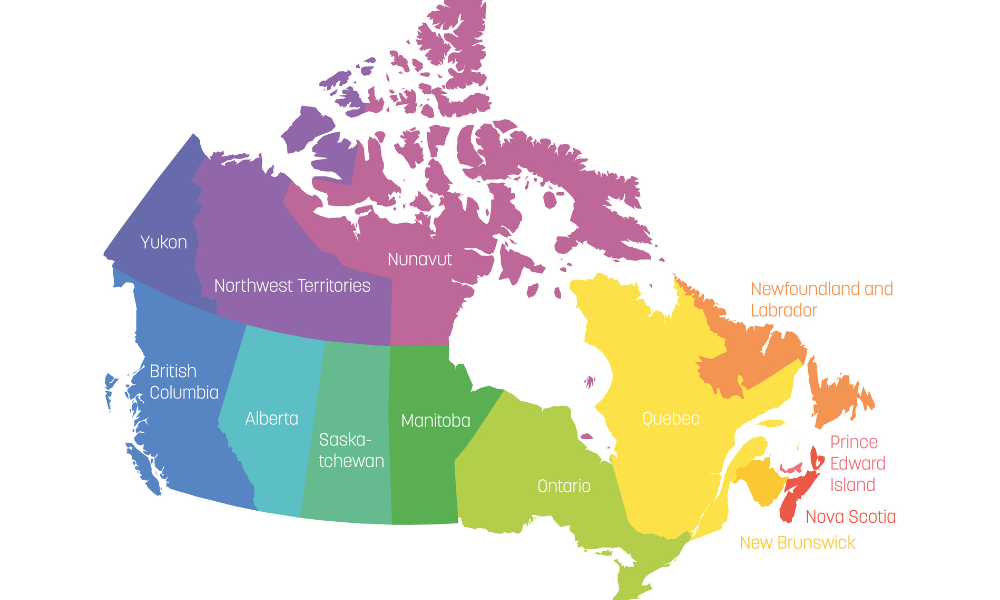'Between 33 and 59 per cent said the health and wellness support offered by employers does not reflect their current needs'

Are employers meeting the benefits needs of employees? Not always, according to a report from the Conference Board of Canada and TELUS Health.
The top benefits provided by employers are:
- paramedical physical health services (66.6 per cent partial coverage and 22.8 per cent full coverage)
- vision care (63.2 per cent partial coverage and 19.5 per cent full coverage)
- dental care (62.4 per cent partial coverage and 25.3 per cent full coverage)
- paramedical mental health services (61.5 per cent partial coverage and 21.9 full coverage)
- prescription drugs (59.8 per cent partial coverage and 36.5 per cent full coverage)
- disability paid days off (48.3 per cent partial coverage and 33.2 per cent full coverage)
- emergency care (46.9 per cent partial coverage and 36.4 per cent full coverage)
- employee and family assistance plan (EFAP or EAP) (33.2 per cent partial coverage and 36.1 per cent full coverage)
However, workers are also looking for a pension and retirement savings plan, along with paid sick leave, finds the survey of 1,502 employees in September.
Specifically, the top benefits desired are:
- basic dental services (81.9 per cent)
- eye examinations (81.8 per cent)
- glasses or contact lenses (80.4 per cent)
- pension (73.6 per cent)
- retirement savings plan (73.0 per cent)
- major restorative dental services (72.0 per cent)
- hospital accommodation (70.6 per cent)
- long-term disability (70.0 per cent)
- basic/core prescription coverage (69.6 per cent)
- paid sick leave (68.3 per cent)
“We found that between 33 and 59 per cent of respondents said that health and wellness support offered by their employers does not reflect their current needs,” says Lauren Florko, senior research associate at the Conference Board of Canada.
“What’s more, the same number of respondents reported that they may in fact seek out new job opportunities in pursuit of improved or more holistic health and wellness support plans.”
More than three-quarters of managers feel their employers genuinely care about their wellbeing, but far fewer workers feel the same, according to a separate report.
Flexible health care
Currently, employees with flexible benefit plans are prioritizing dental care (64.5 per cent), vision care (61.5 per cent) and prescription drugs (55.5 per cent), paramedical physical health (39.5 per cent) and mental (21.8 per cent) services and athletic gear or gym membership (24.0 per cent). Other choices include:
- emergency services (17.9 per cent)
- nutrition or weight loss programs (14.4 per cent)
- alternative medicines and therapies (13.0 per cent)
- wellness technologies/wearables (13.0 per cent)
- preventative health services (health risk assessments, etc.) (10.7 per cent)
“As the corporate world evolves, adapting to the post-pandemic period, employers must remain firmly focused on ensuring their employees are supported, particularly when it comes to their overall health and wellbeing,” says Sonya Lockyer, vice president, TELUS Health.
“Personalized healthcare options need to be more accessible for employees, enabling them to take the lead in proactively managing their physical and mental health. Virtual care and timely mental health interventions will allow employees more choice, more control, and more ways to stay healthy.”
With the COVID-19 pandemic, Canadian employers have needed to make difficult decisions regarding employee benefits, particularly in the areas of mental health, medication and retirement plans, according to another report from the International Foundation of Employee Benefit Plans (IFEBP).




